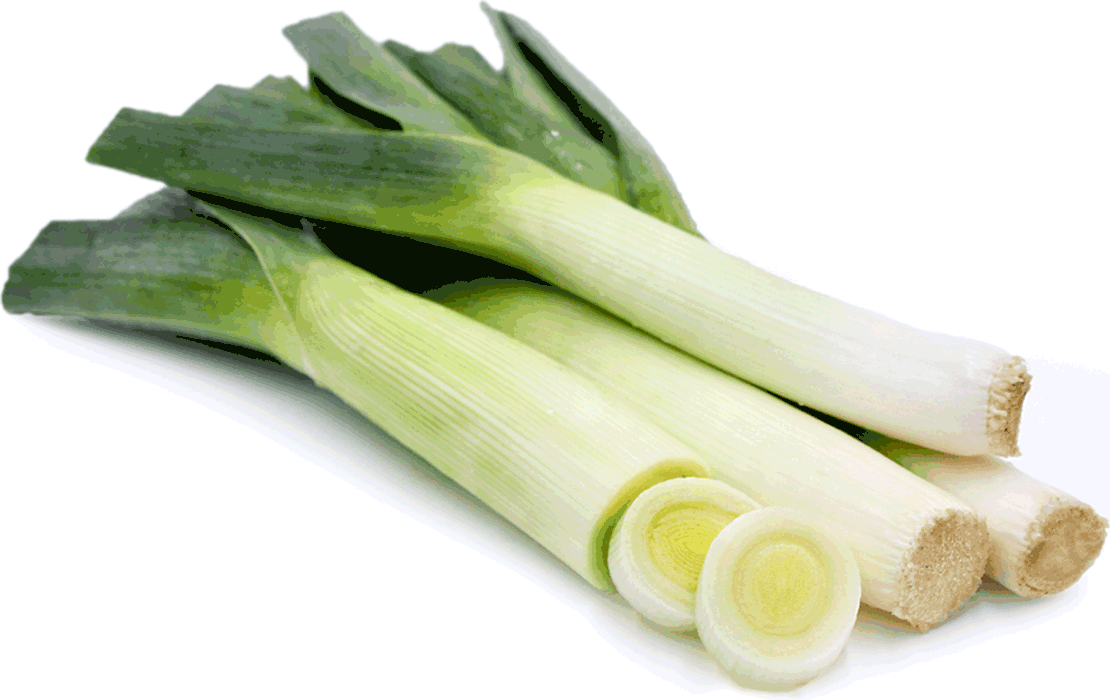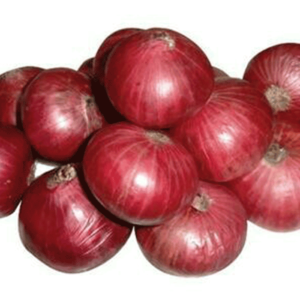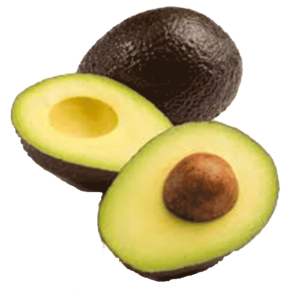Description
Ethiopia leeks (a variety of Allium ampeloprasum) consists of firm leaves that resemble those of a green onion or shallot that commonly features in meals including soups. Between the years 2002 to 2004, leek production in the whole of Ethiopia, especially the southern region, according to Food and Agricultural Organization (FAO) statistics stood at 1.78 million tons.
They grow through irrigated fields at low to mid level-altitudes of between 700 meters to 1800 meters above sea level.
The chronological calendar of leeks dates back to Egypt where the Bible indicated the plant existed. There were also cave paintings in the country, which neighbors Ethiopia to the north, of what may have been leeks in 2000 B.C. The infamous Roman Emperor Nero used it in his soup for what he believed helped improve his voice.
The southern area of Areka enjoys diverse weather patterns to the effect that some family growers rain-feed their crops while others irrigate them. Because of the shallow root system of the crop, it is necessary for farmers to constantly add manure to enhance the crop’s productivity. We only source the produce from the smallholders with a good history of using only farmyard manure. Because of the diversity of weather in Ethiopia, we can expect harvests from different regions throughout the year.






Reviews
There are no reviews yet.